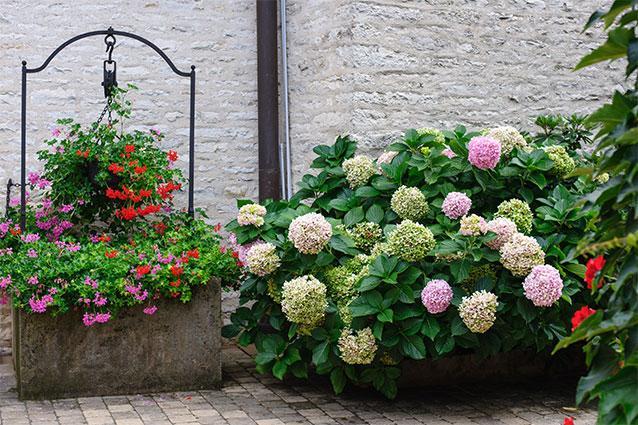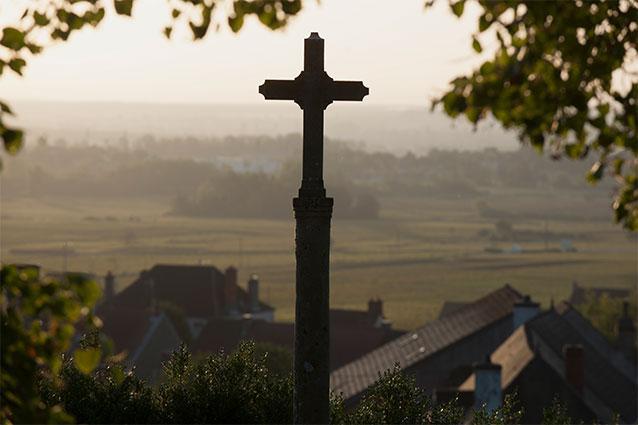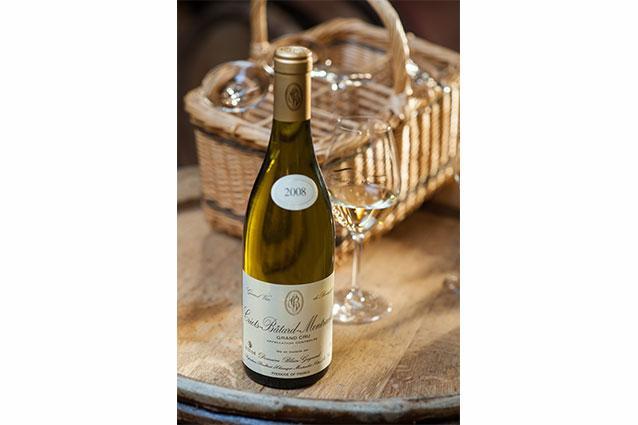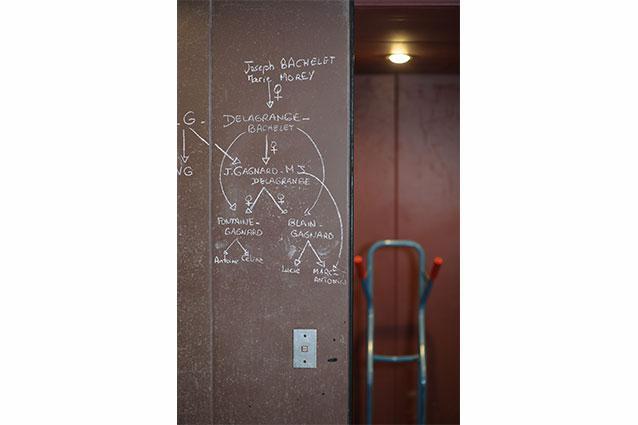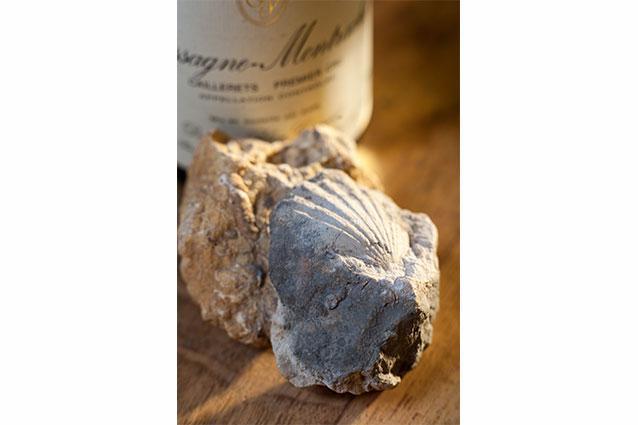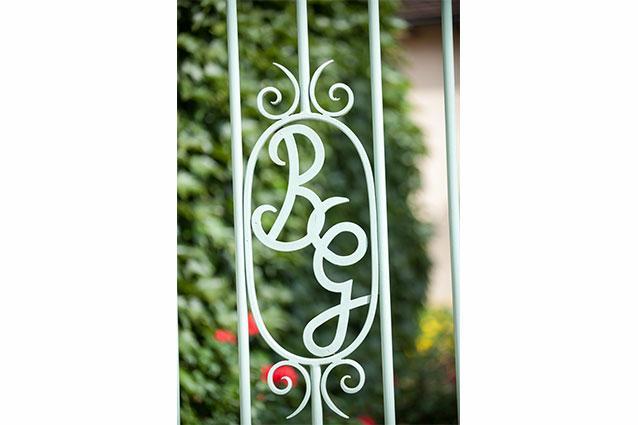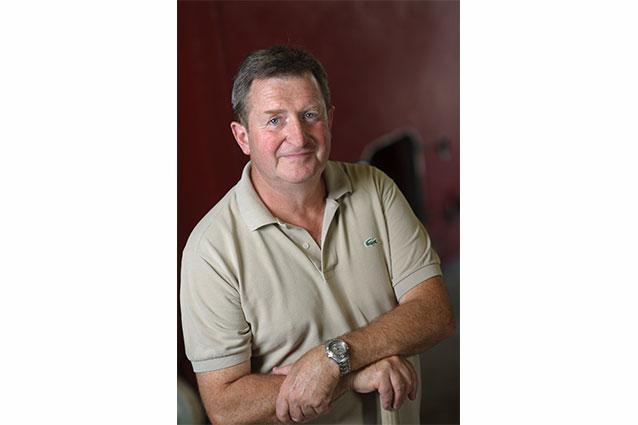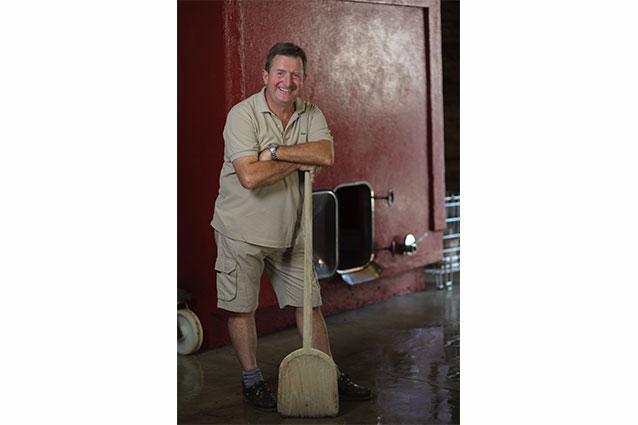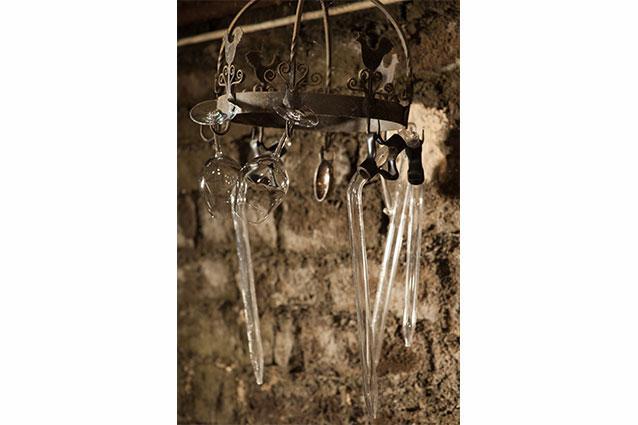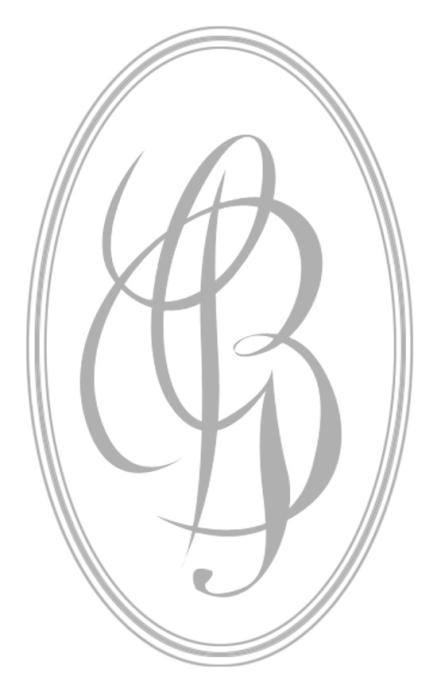Blain-Gagnard Chassagne-Montrachet Morgeot Blanc
Blain-Gagnard Chassagne-Montrachet Morgeot Blanc
Domaine Blain-Gagnard was formed in 1980 when Jean-Marc Blain married Claudine Gagnard, youngest daughter of Jacques and Marie-Josèphe Gagnard of Domaine Gagnard-Delagrange. The couple runs this venerable domaine with the help of their son Marc-Antonin. They now control 20.5 acres of vines in Chassagne-Montrachet, including holdings in three grands crus: Le Montrachet, Bâtard-Montrachet, and Criots-Bâtard-Montrachet.
Wine Production
In the not-too-distant past, Chassagne-Montrachet produced much more red wine than white. Today, the village still produces around 50% red wine and Morgeot continues to be a very fine source for red Burgundy. White wines from the heavier soils of Morgeot tend to be rich, weighty, and generous with fruit, a premier cru that can be enjoyed young.
Tasting Notes
Morgeot is a white wine of volume, richness, and texture with aromas and flavors of ripe yellow apple, peach, and lemon. Occasionally, one finds a note of red fruit in Morgeot such as red apple or berry. Aging in 30% new Burgundian pièce brings notes of vanilla and toast.
Food Pairing
White Burgundy, with its rich texture and toasted flavors, pairs well with white fish and shellfish, and its naturally high acidity can counterbalance cream-based sauces. Oak-aging lends itself well to grilled fish, starches, butter, and toasted nuts.
Domaine Blain-Gagnard was formed in 1980 when Jean-Marc Blain married Claudine Gagnard, youngest daughter of Jacques and Marie-Josèphe Gagnard of Domaine Gagnard-Delagrange. The couple runs this venerable domaine with the help of their son Marc-Antonin. They now control 20.5 acres of vines in Chassagne-Montrachet, including holdings in three grands crus: Le Montrachet, Bâtard-Montrachet, and Criots-Bâtard-Montrachet.
Wine Production
In the not-too-distant past, Chassagne-Montrachet produced much more red wine than white. Today, the village still produces around 50% red wine and Morgeot continues to be a very fine source for red Burgundy. White wines from the heavier soils of Morgeot tend to be rich, weighty, and generous with fruit, a premier cru that can be enjoyed young.
Tasting Notes
Morgeot is a white wine of volume, richness, and texture with aromas and flavors of ripe yellow apple, peach, and lemon. Occasionally, one finds a note of red fruit in Morgeot such as red apple or berry. Aging in 30% new Burgundian pièce brings notes of vanilla and toast.
Food Pairing
White Burgundy, with its rich texture and toasted flavors, pairs well with white fish and shellfish, and its naturally high acidity can counterbalance cream-based sauces. Oak-aging lends itself well to grilled fish, starches, butter, and toasted nuts.
Brand Materials
Vineyard & Production Info
Winemaking & Aging
Analytical Data
About the Vineyard
Chassagne-Montrachet lies towards the southern end of the Côte de Beaune and is famous for its white wines, although half of its total plantings are in red. In addition to the Grand Crus, Blain-Gagnard’s holdings in Chassagne-Montrachet include two red premier crus and four white premier crus along with small holdings in Volnay and Pommard. The vineyards are farmed by lutte raisonée (“reasoned struggle”).
